8 Minutes
The Toyota 4Runner has built a legendary reputation for durability, adventure, and go-anywhere versatility. Over its extensive lifespan, this midsize SUV has become synonymous with reliability and ruggedness, outlasting trends and surviving changing times. For 2025, Toyota unveils the all-new 4Runner, marking the end of the fifth generation after 15 remarkable years. The latest model brings a host of much-needed updates and technology upgrades, yet remains true to its heritage—especially in the flagship Limited trim, which is designed for a balance of luxury, capability, and everyday practicality.
Exterior Design: Bold Evolution with Classic Roots
Toyota has given the 2025 4Runner a fresh, muscular redesign while honoring the bold, square-jawed look that fans love. Compared to the outgoing model, the new 4Runner sports even chunkier styling cues, with a more pronounced and confident stance. Even in upscale Limited trim—often seen gracing suburban parking lots—the 4Runner stands tall and unapologetically truck-like. The design DNA is shared with its sibling, the new Land Cruiser, featuring similar boxy proportions, but the 4Runner's slightly rounded edges give it a distinctive character.
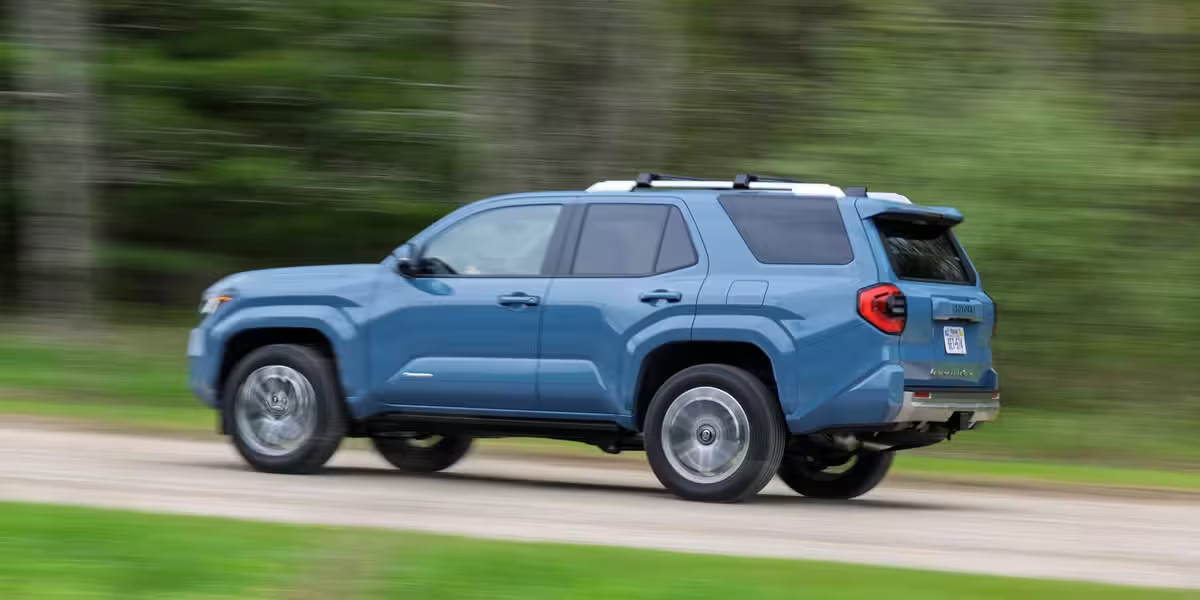
Riding high and proud, the 2025 4Runner features modern touches like sleek LED lighting, robust wheel arches, and a striking front grille. Optional power running boards (a $1,005 upgrade) enhance practicality, reducing effort when climbing in and out of the tall cabin. Our Limited test vehicle was also equipped with the optional third-row seating ($1,330), increasing versatility for families but best suited for younger passengers.
Signature Rear Glass and Cargo Access
A hallmark of the 4Runner remains intact: the power roll-down rear window, a unique feature that enhances cargo access and offers open-air utility when needed. It's a practical reminder of why adventurers and families continue to gravitate toward this iconic SUV.
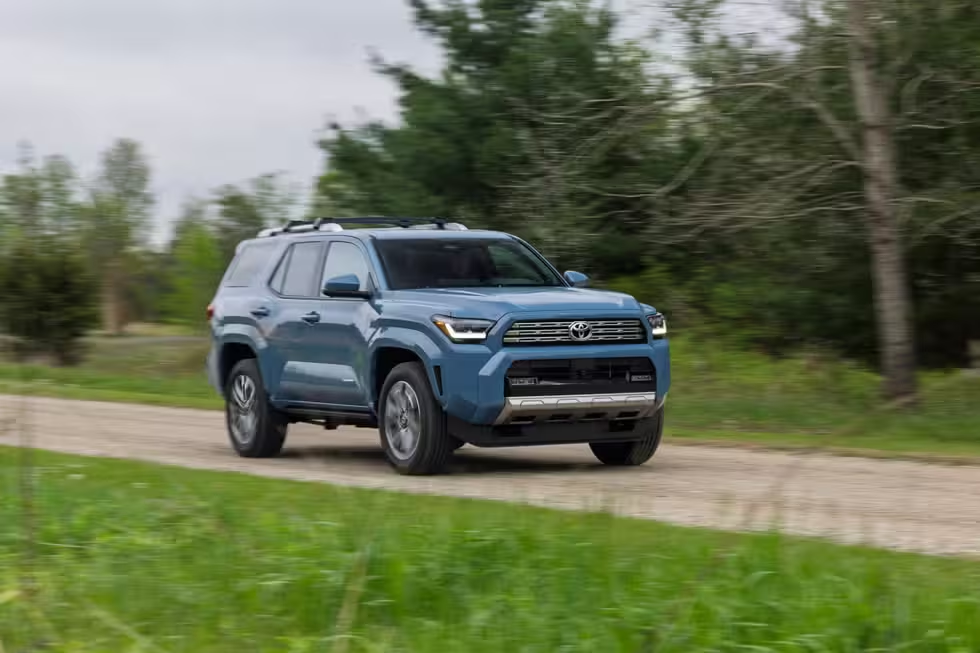
Interior: Embracing Modern Comfort and Technology
Step inside the 2025 Toyota 4Runner Limited, and you're greeted with a cabin that finally reflects the tech-savvy needs of today's drivers. Dominating the dashboard is a massive 14-inch touchscreen infotainment system, fully integrated with the latest connectivity features. Toyota smartly balances this digital centerpiece with a robust array of physical controls—large, tactile, and glove-friendly, reinforcing the vehicle’s utility focus.
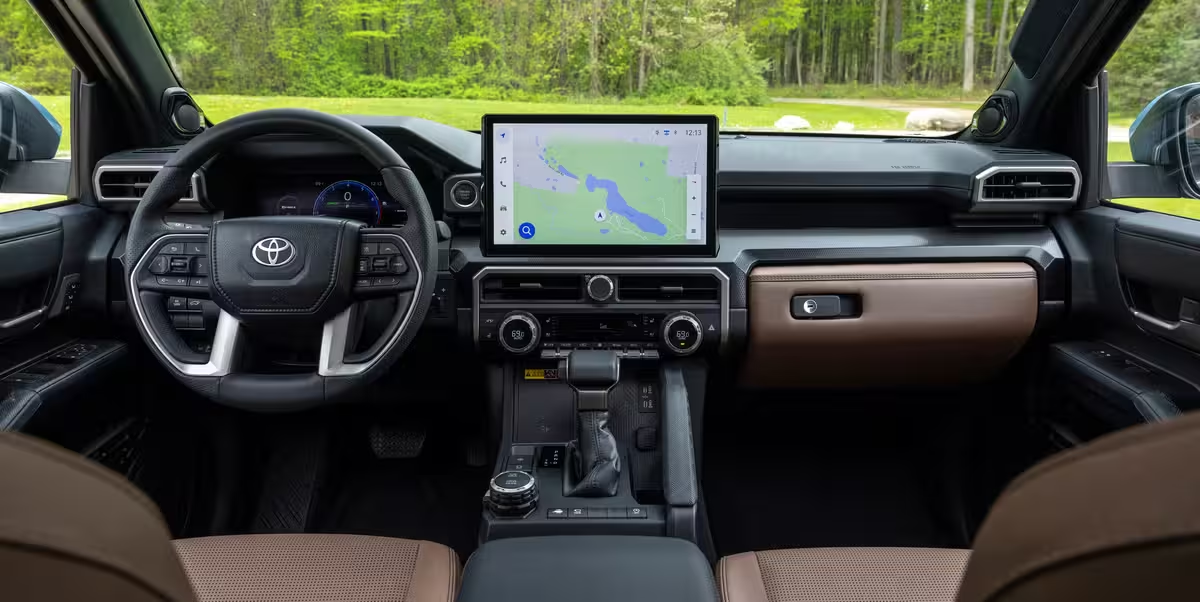
The interior design emphasizes simplicity and durability, with chunky, angular surfaces and materials that project a sense of rugged minimalism. Toyota’s "low-polygon" aesthetic—recently rolled out across its truck lineup—serves both form and function, ensuring the surfaces are both stylish and built to withstand years of adventure.
Flexible Seating and Practical Features
The available third-row seats are best reserved for kids or short journeys for adults, reflecting the segment's practical realities. The vehicle offers commendable rear-passenger ventilation and, of course, that signature sliding rear glass, bringing a fresh breeze to those in the far back. Ergonomics are well considered throughout, with spacious front seats and an easy-access layout for all major controls, ideal for families and outdoor enthusiasts alike.
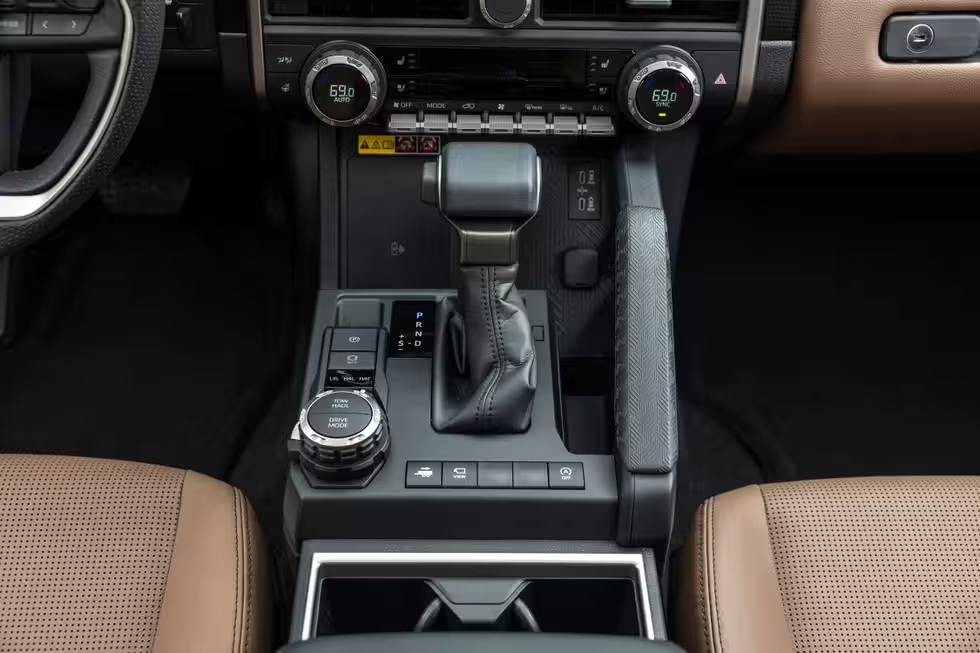
Powertrain and Performance: Modernized, But Not Without Flaws
For 2025, Toyota finally bids farewell to the venerable 4.0-liter V6 engine, replacing it with a more advanced turbocharged 2.4-liter four-cylinder engine. This new powerplant generates 278 horsepower and 317 lb-ft of torque—providing competitive specs for a midsize SUV. For the first time, a hybrid powertrain is also available, but note that the hybrid cannot be paired with the third-row seat configuration.
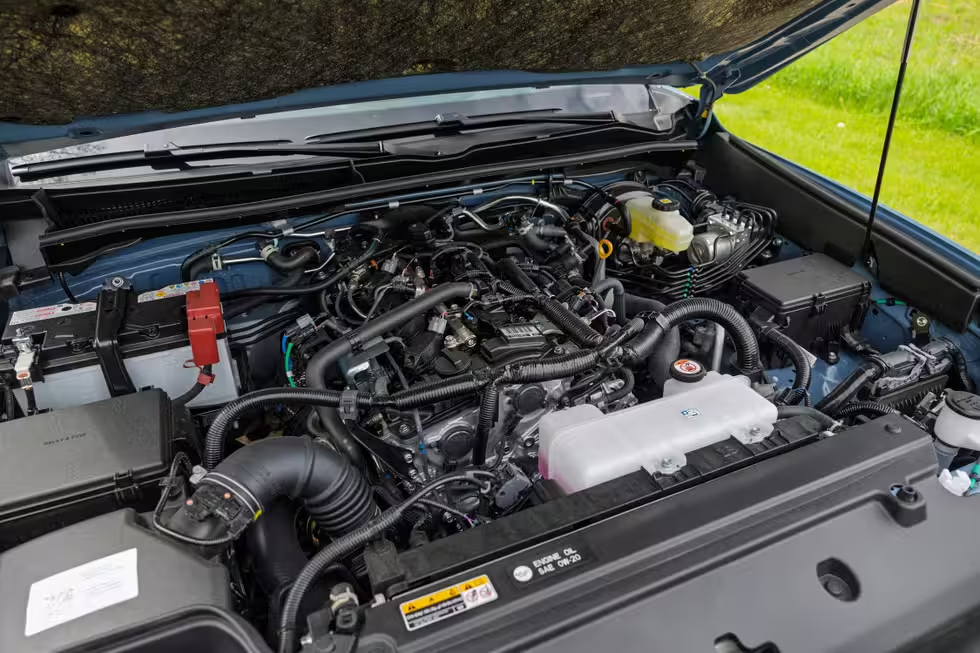
Performance at a Glance
- Engine: Turbocharged 2.4L four-cylinder (278 hp, 317 lb-ft)
- Transmission: 8-speed automatic
- 0-60 mph (Tested): 7.5 seconds (Limited, 3-row)
- Braking (70-0 mph): 170 feet
- Skidpad grip: 0.74 g
- Weight: 5,111 pounds (as tested)
While the new engine represents a leap forward in terms of technology and efficiency, its character may not appeal to all enthusiasts. The four-cylinder's soundtrack ranges from coarse to unrefined, and while the turbo whistle adds some fun, the overall power delivery and refinement fall short of the segment’s best. The eight-speed automatic transmission, although offering more gears, often feels no smoother than the old transmission it replaces.
On-Road Driving Experience
Despite incremental steering improvements, the 2025 4Runner Limited still feels heavy, tall, and ponderous on urban roads. The ride, though supported by adaptive dampers and various driving modes (Comfort and two Sport settings), remains firm and somewhat jiggly—similar to classic body-on-frame SUVs. Neither Sport mode meaningfully sharpens the experience, and switching into Comfort only increases body roll without reducing vibrations. Competing pickup trucks, even with basic suspension setups, sometimes handle more nimbly.
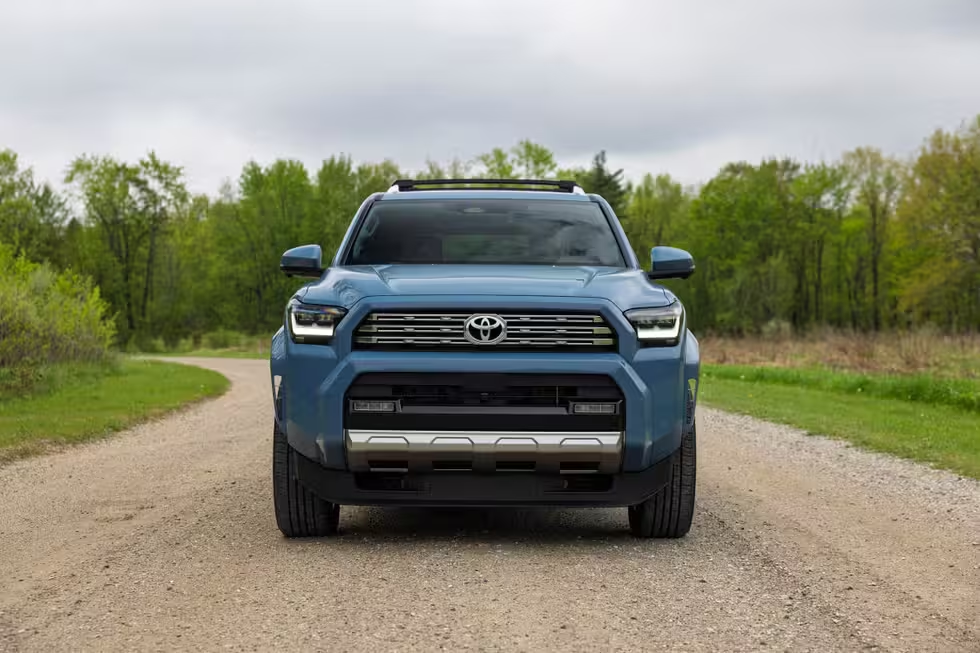
The 4Runner's 20-inch Dunlop Grandtrek PT5A all-season tires prioritize durability over outright grip or ride softness. They tackle potholes with a noticeable thump and do little to hush cabin noise, which our sound meter recorded at 69 decibels at highway speeds. The SUV's wind-catching design further amplifies the in-cabin din on breezy days.
Off-Road Capability and Utility
Where the 4Runner shines is off the beaten path. True to its lineage, the new model maintains impressive off-road credentials, rivaling those of the closely related Toyota Land Cruiser. It offers true adventure-ready DNA—provided you opt for configurations like the TRD Pro or Trailhunter (unavailable on the Limited). Approach, breakover, and departure angles remain generous, and modern traction aids help navigate tough terrain with confidence.
Market Positioning and Pricing
In the Toyota lineup, the 4Runner Limited stands as the premium nonhybrid variant, with a starting price of $58,850. With desirable options such as power running boards and third-row seats, our test model reached $62,875. This puts the 4Runner Limited directly in competition with the all-new Toyota Land Cruiser 1958, which starts just slightly lower at $58,150. For those considering a hybrid, the Land Cruiser includes one as standard, while it is an extra-cost option on the 4Runner.
Buyers seeking more on-road refinement will find the Land Cruiser marginally more composed on pavement, although it forgoes some of the niche off-road configurations reserved for the 4Runner TRD Pro and Trailhunter. Both models offer a balance of robust capability and family practicality, making them strong choices for those who demand more than a crossover can deliver.

Comparisons and Final Verdict
The 2025 Toyota 4Runner continues to resist the full crossover-ization trend, sticking to its traditional truck-based construction—and associated strengths and weaknesses. While the new model brings needed tech and comfort updates, and remains immensely capable off-road, it still feels somewhat outmatched by the smoothness and handling of modern unibody rivals or even some body-on-frame pickup trucks.
In its Limited trim, the 4Runner offers a distinctive blend of luxury features and legendary toughness, but it’s not the most refined or fuel-efficient option in the midsize SUV segment. Still, the upgrades for 2025 add significant value for loyal buyers seeking durability, iconic styling, and genuine adventure credentials. If you’re considering a vehicle that pays homage to its roots while embracing enough modernity to stay relevant, the new 4Runner Limited should be at the top of your list.
Final Thoughts
The 2025 Toyota 4Runner Limited is an unapologetically rugged, body-on-frame SUV that stays true to its legacy, while finally offering the tech and comfort today’s drivers expect. It’s not for everyone, but it’s instantly recognizable, endlessly dependable, and ready for whatever tomorrow brings—on or off the road.
Source: caranddriver

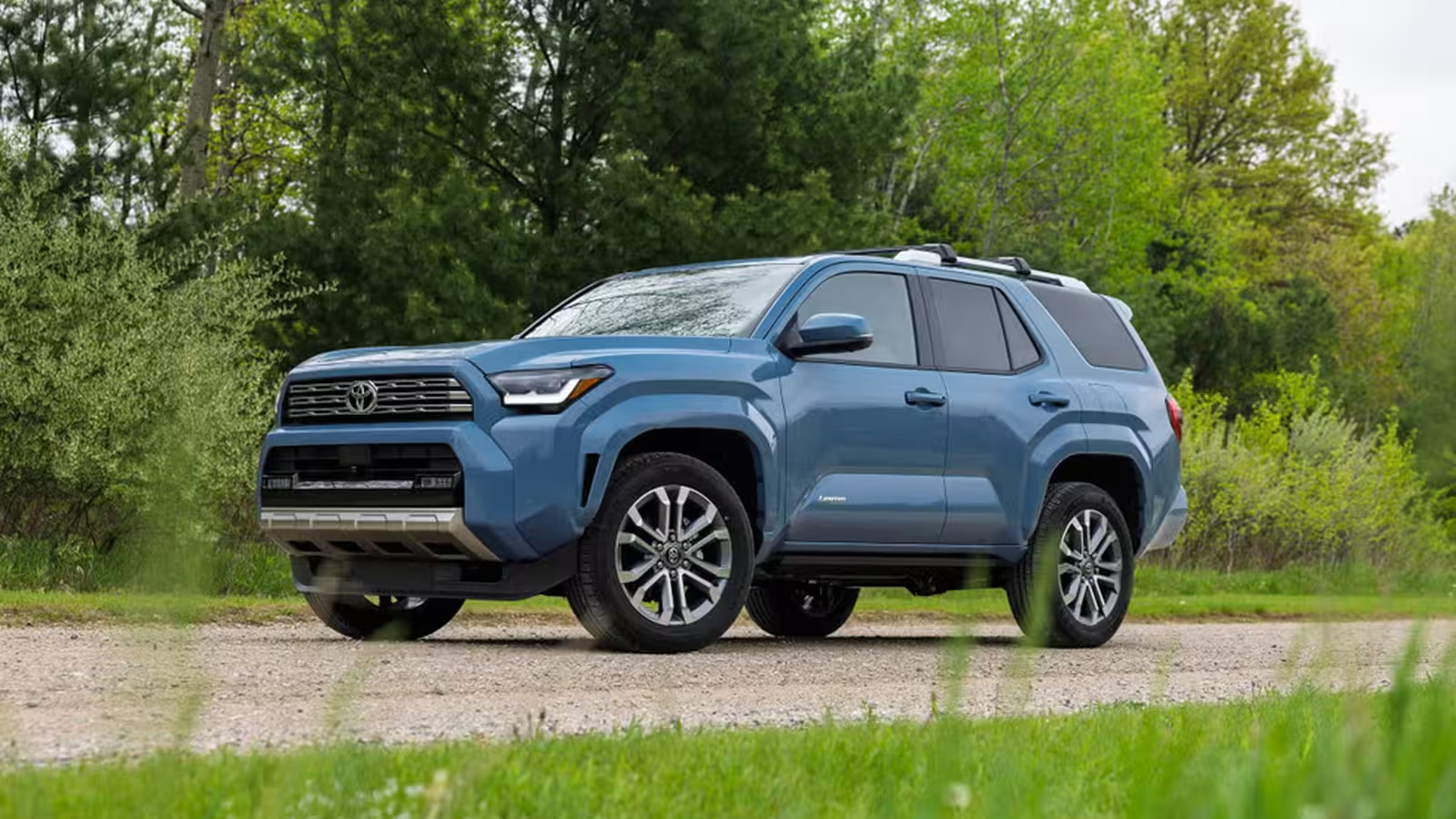
Leave a Comment